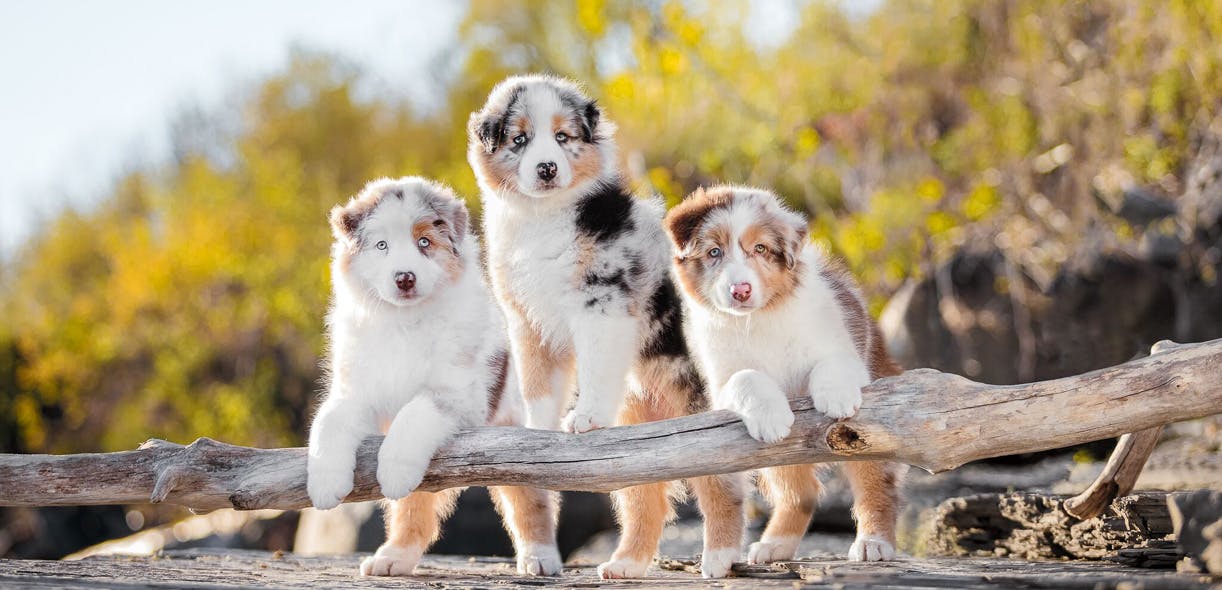
Animals move and don’t always do what we want. What can we do?
Of course, photographing animals requires a lot of improvisation, especially outdoors, because of the distractions, such as insects, squirrels, strange noises, etc. The key is to know how to adapt. I’m very attentive to an animal’s body language because it’s essential to decipher if they’re at ease, frightened or exhausted. A one-hour photo shoot is very tiring for an animal; it's like a very long obedience session!
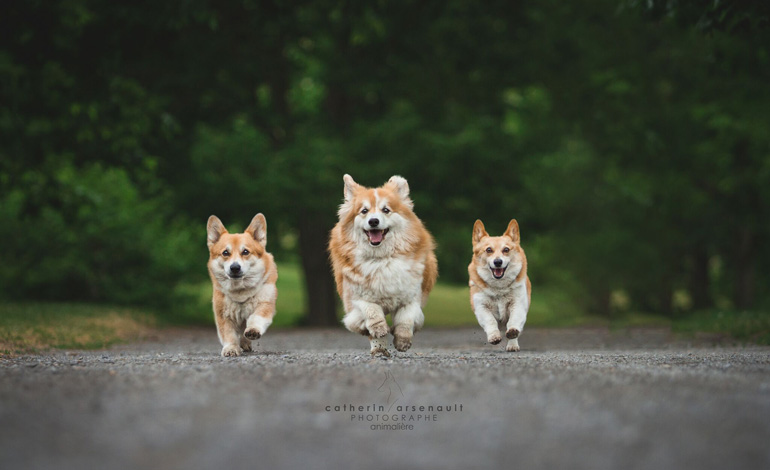
How to keep my animal’s attention for long periods?
It’s important to take several breaks to play with your pets. This will help them stay enthusiastic. Be sure to stop before they reach their limit. To be well prepared, I have owners fill out a form beforehand, letting me if the animal is mistrustful, if it must be kept on a leash, etc. But even with the most docile animals, things don’t always go as expected: like us, animals can have bad days! You have to be patient and accommodating.
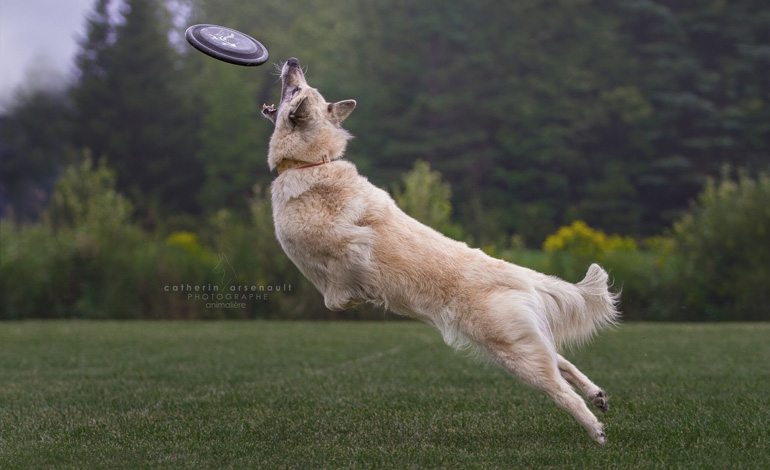
What types of photography sessions do people request?
People mainly ask me for sessions where the animal plays or rests, and that's what I prefer. I'm not too keen on contrived concepts and fixed poses. When the animal’s owner appears in the picture, I suggest that they interact with their pets—that they have fun together.
If the person has a specific idea for a concept, I always forewarn them that it may not work because of the animal—not me. (Laughs.) We'll try once or twice, but if the idea doesn’t work, we'll stop. If an animal doesn’t feel like doing something, it shows in their body language and ultimately in the photos.
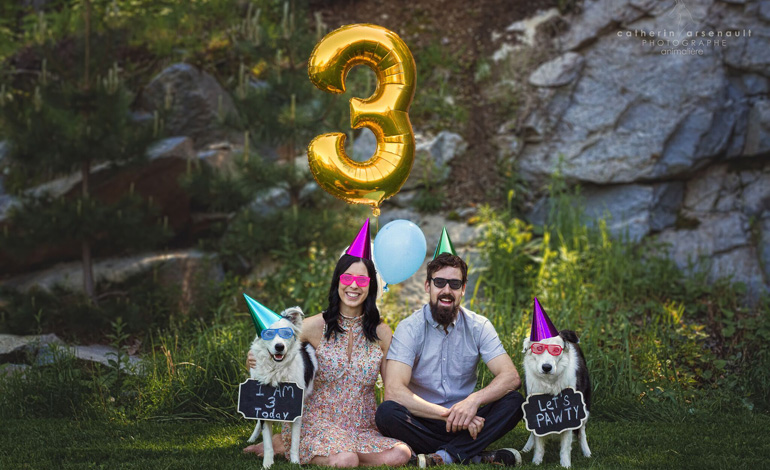
Do people book for special occasions?
In general, no. Most clients want portraits that show their pet as a member of the family.
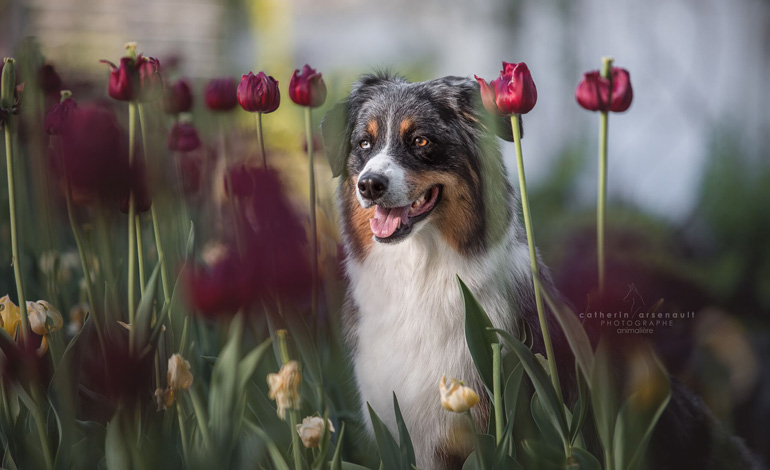
What have been your most touching sessions?
I often work with older or sick dogs and these sessions are always emotion-packed. When I’m working with a dog that’s just been diagnosed with a serious illness, it’s tricky because I have to make the experience pleasant despite the somewhat heavy atmosphere. They make for very beautiful moments.
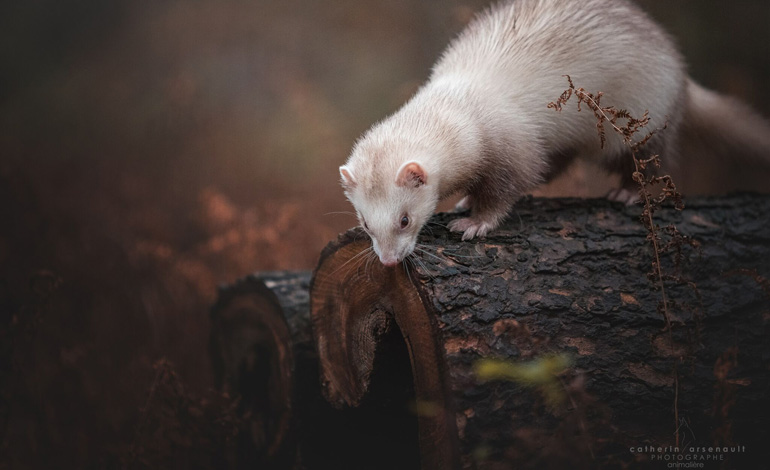
What are the most over-the-top sessions you've done?
A studio session with micro pigs (also called miniature pigs) was particularly rock ‘n’ roll. They were only 7 weeks old, and the slightest sound made them jump, run and scream. Pigs have a high-pitched scream, so imagine the babies—it was deafening! But when you look at the pictures, you get the impression that they were super quiet, and that's the important thing. I’ve also photographed a macaw in the forest.
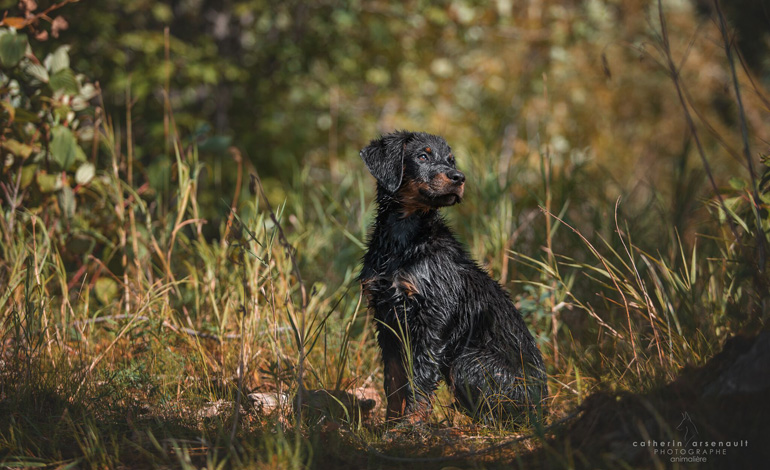
What are your tips for taking the best pet photos?
- First, you should never force your pet to do things they don’t want to do.
- Keep it natural. For example, if your cat is resting on your bed, make a small noise so that he raises his head, and there you have it—a moment of pure contentment.
- If you have your pet sit down or require a specific pose, it's important to reward him quickly. It’s best if someone’s helping you out, and they do it. Your helping hand can also make noises to attract your pet’s attention in a specific direction.
- Finally, keep the session short.
The secret is to have fun, especially with photos involving people and animals. A kiss, a tender look, a moment of shared play, a well-appreciated stroke—they make incredibly beautiful memories!
Photos: Catherin Arsenault
